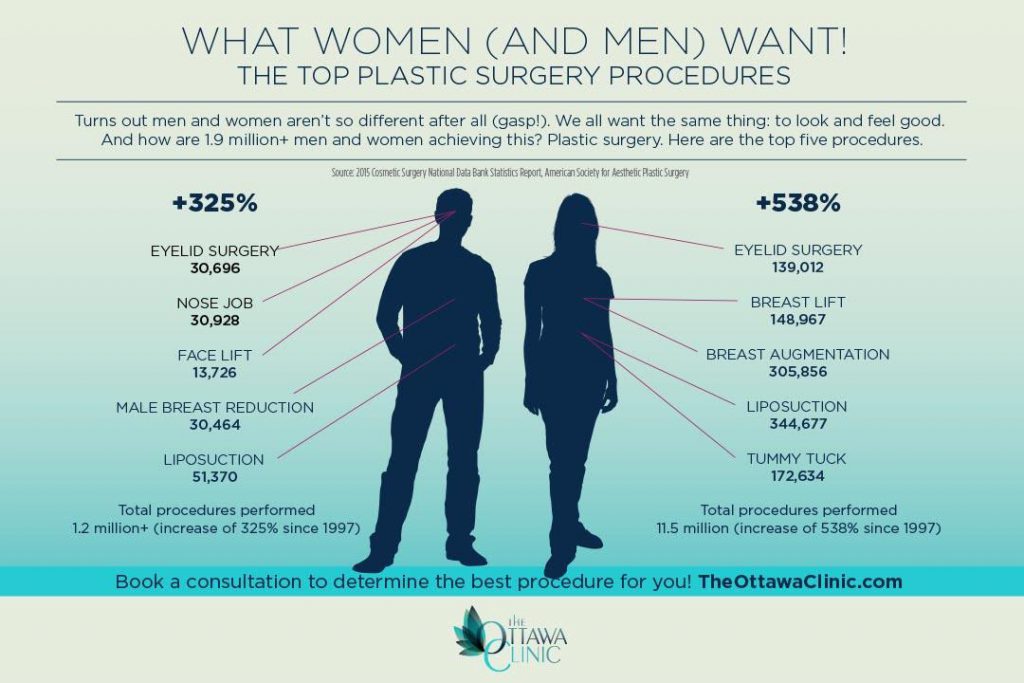Reasons for Acne on Cheeks
Acne breakouts in the cheek area are set off by many points, from touching your face frequently to not transforming your pillowcase frequently sufficient. Picking at acnes increases your danger of infection and scarring, and particular drugs can intensify dark areas (postinflammatory hyperpigmentation).
The good news is, there are many ways to avoid and treat cheek acne. These include:
1. Hormone Changes
Acne is greatly caused by hormonal agents, especially those created throughout puberty and pregnancy. For some, a family history of acne might likewise add to their condition. Anything that obstructs pores, such as oil-based skin treatment items or waxy hair products, can trigger acne. Various topical therapies, like benzoyl peroxide and salicylic acid, can battle bacteria and unclog pores. Those with severe or persistent acne should seek therapy from their physician.
Avoid touching or pressing your acne, as this can push a few of the bacteria deeper into the skin, resulting in a much more extreme outbreak. It is also crucial to transform pillowcases consistently and use clean makeup brushes. You ought to likewise attempt to prevent toxic irritants such as rubbing from using a headgear or tight collar.
2. Diet
The greasy, sweet foods that lots of people think trigger acne might really refrain from doing so. In fact, research studies have shown that eating a diet plan abundant in entire, nutrient-dense foods helps to prevent breakouts.
Foods high in the glycemic index (such as white bread, corn flakes, blew rice and potatoes, doughnuts and other breads) elevate blood sugar level levels promptly, and this can boost hormonal agents that increase oil manufacturing and result in acne.
Drinking cow's milk has actually likewise been linked to raised acne outbreaks. If you are a regular cow's milk enthusiast, you may want to attempt changing to low-fat or nondairy options that are strengthened with calcium. Additionally, consuming alcohol more water can assist to minimize acne since it aids to keep the skin hydrated.
3. Excess Oil
While oil is necessary for healthy skin, it can end up being a trouble when way too much sebum blends with dead skin cells and blocks pores. This combination can develop blackheads, whiteheads and acnes. The blocked pore wall surface can break down and spill germs, dead skin cells and sebum right into surrounding skin. This leads to a red bump referred to as an acne. Often these red bumps have pus in the facility from a microbial infection. Bigger infected bumps that appear like acne are called cysts.
There are lots of points that can trigger excess sebum and clogged pores, including hormonal agent fluctuations, diet regimen and day-to-day behaviors. Some examples consist of touching the face regularly, resting your hand on your cheek, using dirty make-up brushes and not changing pillow cases regularly.
4. Anxiety
If you're managing pain acnes or a slew of blackheads and whiteheads, it may be time to speak with a dermatologist. They can advise a reliable treatment that suits your skin kind. Exercising leisure and stress-reduction techniques also aids.
Acne can happen in the cheeks as a result of friction and pressure, such as when an individual touches their face often or puts on a hat or sporting activities helmet that massages versus the skin. It can also appear where facial rejuvenation near me oily cosmetics and creams scrub against the skin.
Avoid pressing acne, as this can push infected material deeper into the skin and lead to scarring. Instead, see a doctor to learn about preventative therapies like medicine, skin care products and lifestyle adjustments. Consuming a healthy diet plan of entire foods, getting seven to nine hours of sleep and using noncomedogenic makeup and skin care items can all help in reducing acne breakouts.
5. Hair Products
Hair products are not generally thought of as a cause of outbreaks, yet they can add to acne on the cheeks in some individuals. Pomade acne, which is defined by little closed comedones and papulopustules, is typically caused by the use of oily hair products that contain comedogenic active ingredients such as particular oils and acetylated lanolin.
Picking hair items that don't include these potentially comedogenic components is an essential action toward decreasing breakouts. Additionally, ensuring that hair items aren't coming in contact with the skin can aid protect against outbreaks. For example, using a scarf or hood in the evening can limit hair-to-face call and minimize the probability that leave-in hair products will certainly abrade onto the face.
Along with using a non-comedogenic cream and washing with an acne face clean, various other valuable methods consist of:

Comments on “Can Chemical Peels Clear Acne”